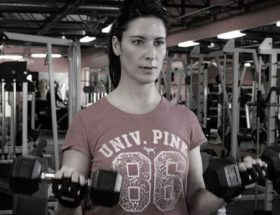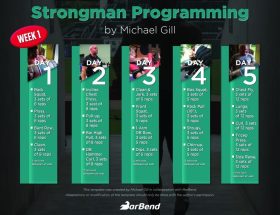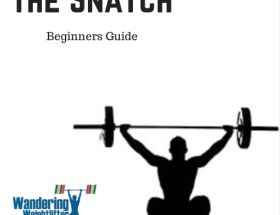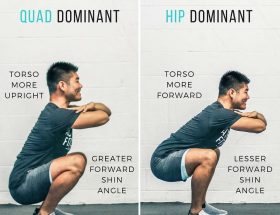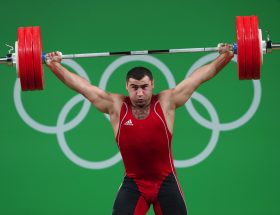Bodybuilding is a rigorous exercise routine that aims to build muscle mass and strength. Split training routines are a popular approach in bodybuilding, dividing the workout sessions into different muscle groups. This article will explore the concept of split training routines and provide insights into its benefits and different variations.
What are Split Training Routines?
Split training routines involve dividing your workouts into specific muscle groups, targeting different areas of your body on different days. By focusing on specific muscle groups, split training allows for more dedicated and intense workouts, leading to muscle growth and overall strength enhancement.
The Benefits of Split Training Routines
Split training routines offer various advantages over full-body workouts. Some key benefits include:
Increased Focus: By targeting specific muscle groups during each session, split training routines enable you to focus on building strength in those areas.
Higher Intensity: Splitting your training allows for more concentrated exercises, resulting in a higher intensity workout and increased muscle stimulation.
Increased Recovery Time: By giving each muscle group a break between workouts, split training routines help prevent overtraining and reduce the risk of injuries.
Flexibility: Split routines can be customized according to individual goals and preferences, making it flexible and adaptable to specific training needs.
Types of Split Training Routines
1. Upper/Lower Split
One of the most commonly used split training routines is the upper/lower split. This approach divides workouts into upper body and lower body exercises, typically alternating between the two on different days. For example, you may focus on the upper body on Monday and Thursday, while dedicating Tuesday and Friday to lower body exercises.
2. Push/Pull/Legs Split
The push/pull/legs split divides the workout routine into three groups: push exercises (working muscles involved in pushing movements like chest, shoulders, and triceps), pull exercises (targeting muscles involved in pulling movements like back and biceps), and leg exercises. This split allows for an optimal distribution of workload and recovery time for each muscle group.
3. Body Part Split
The body part split involves dedicating each training session to a specific body part. For instance, Monday may be focused on chest, Tuesday on back, Wednesday on shoulders, Thursday on arms, and so on. This approach provides a high level of specialization and allows for more targeted training on each muscle group.
4. 3-Day Split
The 3-day split is a popular routine for those who have limited time available for exercise. This routine divides the week into three training days, targeting different areas each day. For instance, Monday can be focused on the upper body, Wednesday on lower body, and Friday on full-body compound exercises. This split allows for efficient training while providing enough recovery time.
Conclusion
Bodybuilding split training routines offer a structured and efficient approach to building muscle mass and strength. By dividing workouts into specific muscle groups, athletes can experience increased focus, intensity, and recovery time. Depending on individual goals and preferences, there are various split training routines available, including the upper/lower split, push/pull/legs split, body part split, and 3-day split. It is important to choose a routine that suits your needs and consult with a fitness professional to ensure proper form and technique. Incorporating split training routines into your workout regimen can take your bodybuilding journey to the next level.


